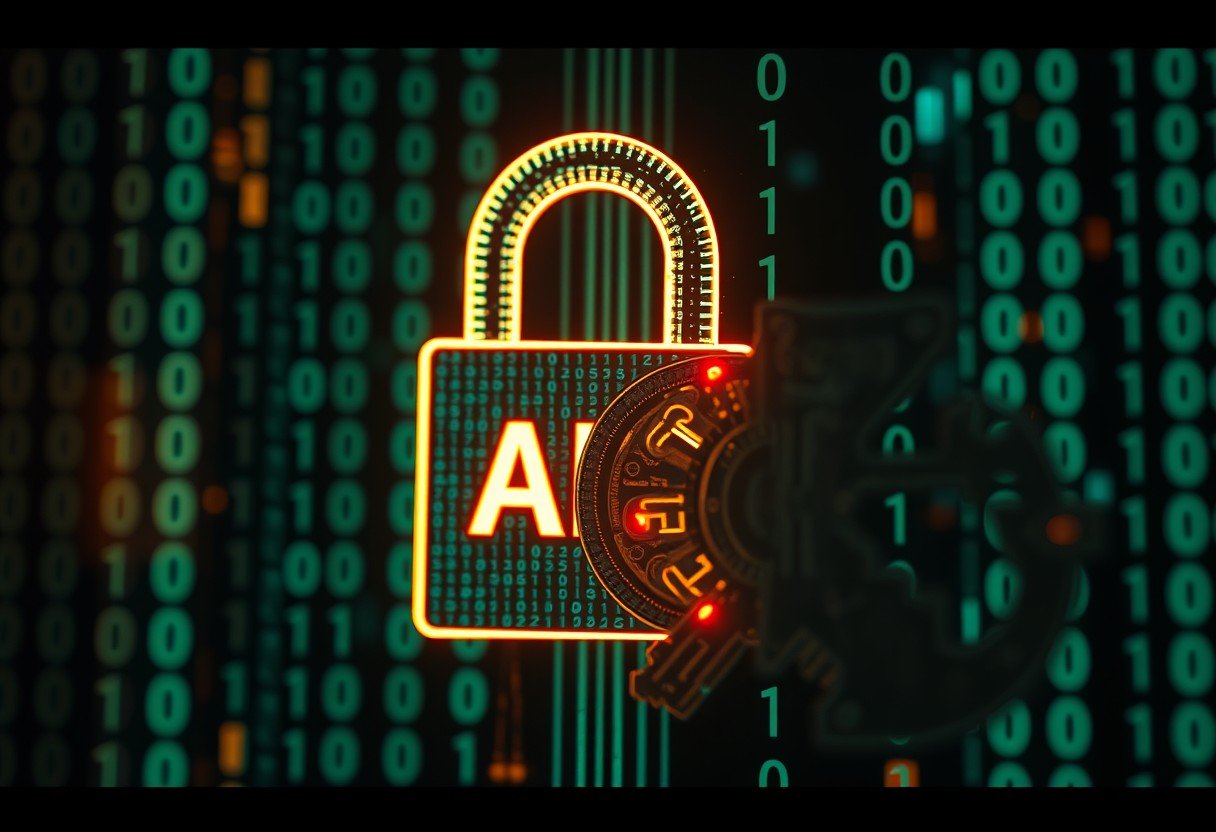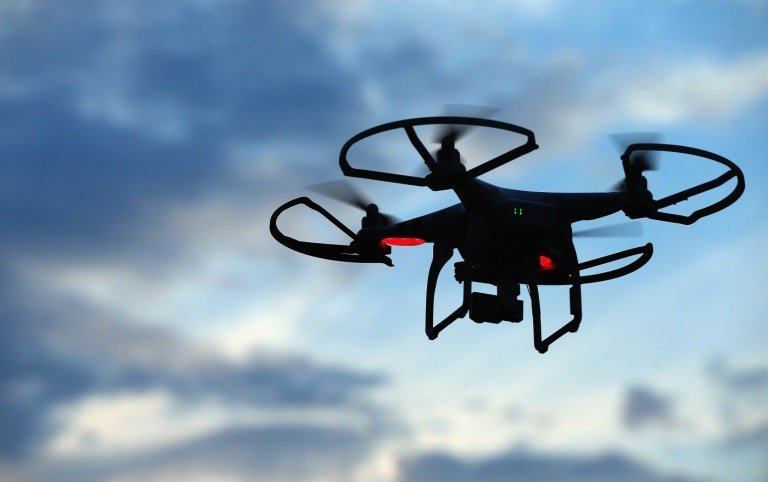AES CCMP protects Wi Fi data by combining AES encryption and CCM integrity checks in WPA2. Here you will see what AES is, where CCMP runs, how rounds work, when rounds apply, who uses them in routers and phones, and why the count matters. The short answer is that AES 256 uses 14 rounds for both encryption and decryption in CCMP.
Why AES-CCMP Matters for Wi Fi Security
AES CCMP is the default data protection method in WPA2 networks defined by IEEE 802.11i. It uses AES for privacy and a CBC MAC inside CCM for integrity and replay defense. This pairing keeps packets confidential and unaltered over the air.
In practice, your access point and client device run CCMP on every data frame. Nonces stop reuse, and the MIC detects tampering. Because the air link is easy to sniff, strong authenticated encryption is essential to keep personal and business traffic safe.
Industry bodies selected AES CCMP to replace older TKIP due to better security margins and modern hardware support. That choice still stands for many networks today.
What AES Is and How Rounds Work
AES is a block cipher standardized by NIST in FIPS 197. It works on 128 bit blocks and supports 128, 192, and 256 bit keys. The cipher applies a fixed series of rounds that mix the data with the key in steps.
Each round increases diffusion and confusion so patterns in the plaintext do not show in the ciphertext. Rounds are set by the key size to keep security balanced with speed.
| AES Key Size | Block Size | Number of Rounds | Standard Source |
|---|---|---|---|
| 128 bit | 128 bit | 10 | NIST FIPS 197 |
| 192 bit | 128 bit | 12 | NIST FIPS 197 |
| 256 bit | 128 bit | 14 | NIST FIPS 197 |
The round count is not tunable in standards based AES and should not be changed in secure systems.
How Many Rounds AES 256 uses in CCMP
With a 256 bit key, AES uses 14 rounds for encryption and also 14 for decryption. This is fixed by the AES specification and applies inside CCMP as well. CCMP uses AES as a building block and does not alter the AES round count.
IEEE 802.11i specifies CCMP, which relies on CCM from NIST SP 800 38C. In CCM, AES is called many times, but every AES call still uses its standard rounds. So the correct figure for AES 256 in CCMP is 14 rounds per AES call.
This design gives a strong margin against known cryptanalysis while keeping performance workable for access points and phones.
Operations in Each AES Round
An AES round applies four core steps to the 128 bit state: SubBytes, ShiftRows, MixColumns, and AddRoundKey. These steps substitute bytes, move rows, mix columns, and combine key material with the state.
All regular rounds apply all four steps, but the final round omits MixColumns by design. The key schedule expands the original key into round keys used at each stage.
The patterned layers in each round break structure and spread small input changes across the whole block, which is key to strong encryption.
Performance and Overhead in Real Networks
More rounds add work, so AES 256 is slower than AES 128, but modern chips help. Many CPUs include AES NI, and many phones include ARM crypto extensions. Access points often have offload engines that handle CCMP at line rate.
- Desktop CPUs with AES NI can exceed several gigabits per second per core for AES 128, and AES 256 is typically about 20 to 40 percent slower, depending on the microarchitecture.
- Smartphones since around 2018 handle AES CCMP at hundreds of megabits per second in typical speed tests when signal and radio are strong.
- Enterprise access points use hardware accelerators so CCMP does not limit throughput under normal loads.
In day to day Wi Fi use, the radio link, channel width, and signal quality limit speed more than AES rounds. For most users, the security gain from AES 256 outweighs the small performance cost.
Key Management Checklist for Strong Wi Fi Security
Even perfect AES is weak if keys are handled poorly. Use certified implementations, rotate keys when staff leave, and protect secrets at rest. In homes, a long unique passphrase is the most important step.
- Use WPA2 or WPA3 with AES CCMP and a strong unique passphrase or 802.1X with a secure RADIUS setup.
- Store long term keys in a secure module or a managed key vault, and restrict access with least privilege.
- Update device firmware to include the latest crypto fixes, and remove old ciphers like TKIP from your config.
Standards to reference include IEEE 802.11i for CCMP, NIST FIPS 197 for AES, and NIST SP 800 38C for CCM. Good key hygiene plus standards based cryptography keeps your network safe.
FAQ
How many rounds does AES 256 use in AES CCMP?
AES 256 uses 14 rounds for both encryption and decryption. This number comes from NIST FIPS 197 and does not change inside CCMP.
Why does AES 256 have more rounds than AES 128?
More key bits require more diffusion rounds to meet security goals. AES 128 has 10 rounds, AES 192 has 12, and AES 256 has 14 as defined by the standard.
Are all rounds in AES exactly the same?
No. Most rounds apply SubBytes, ShiftRows, MixColumns, and AddRoundKey, but the last round skips MixColumns by design.
Is AES CCMP still safe for WPA2 networks today?
Yes, when set up correctly with strong keys and updated firmware. Risks usually come from weak passwords or outdated devices, not from the AES rounds.
Does AES 256 slow down Wi Fi compared to AES 128?
A little in pure computation, but with hardware support the difference is small. In most cases radio conditions, not AES, set the top speed.









Leave a Comment